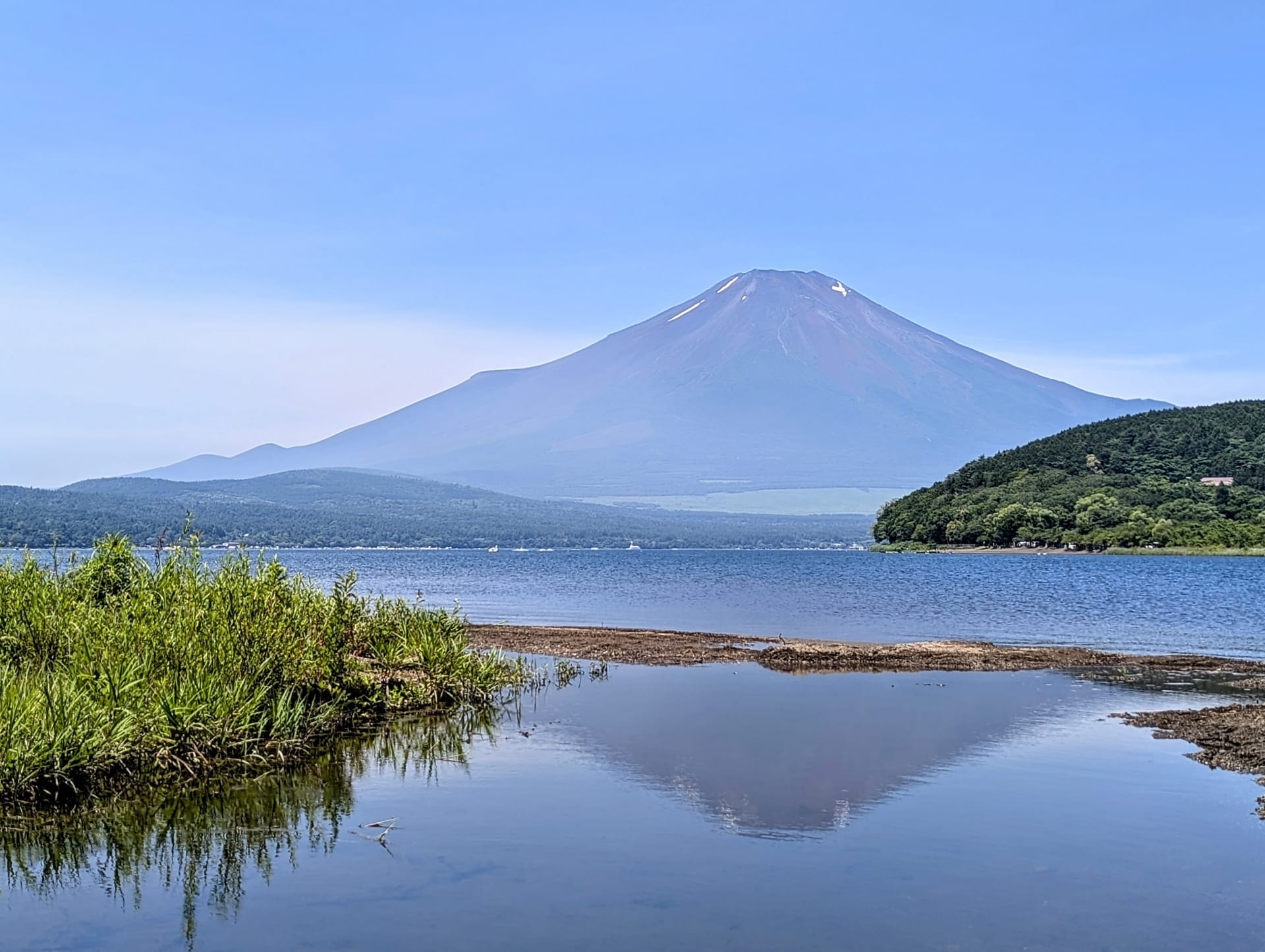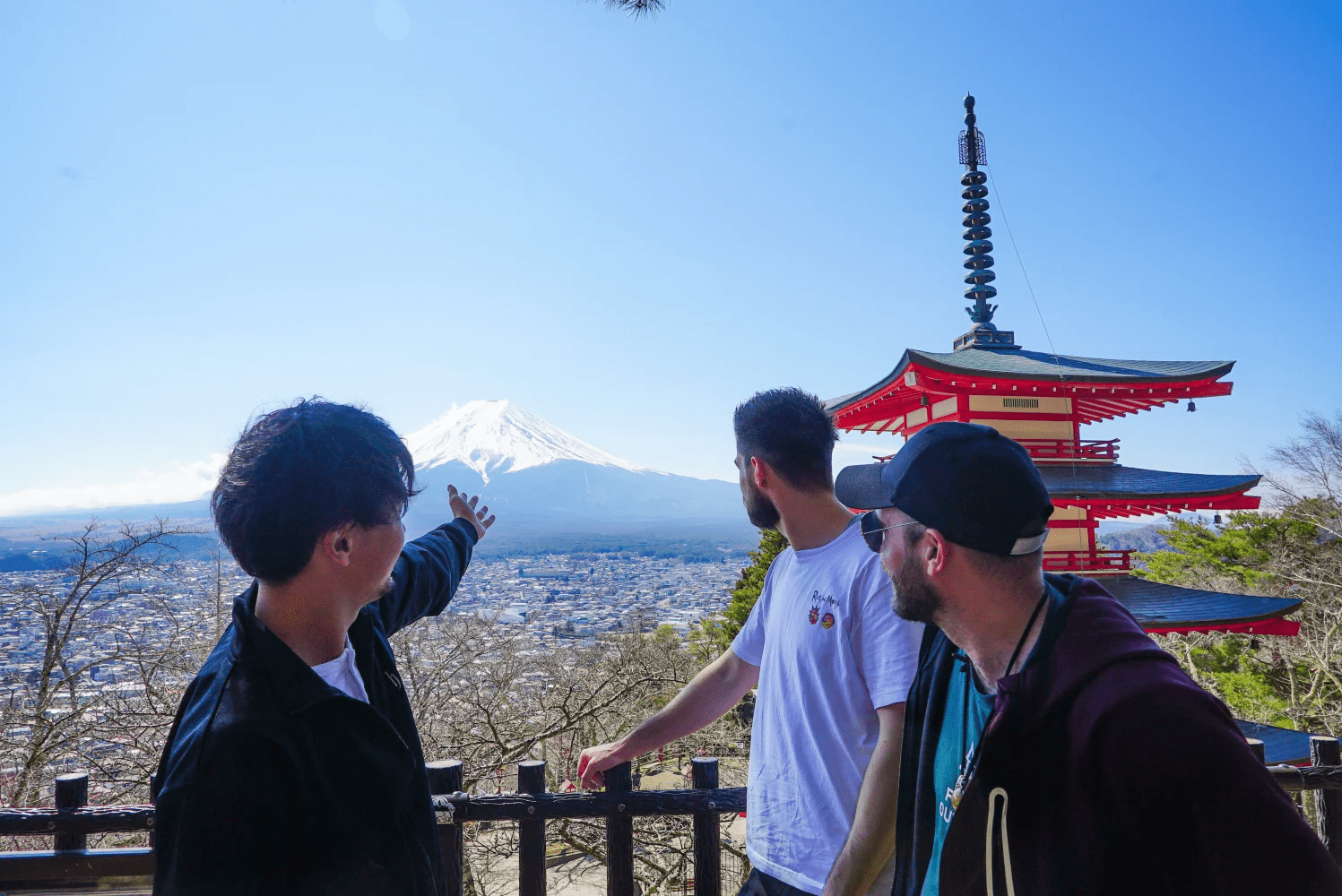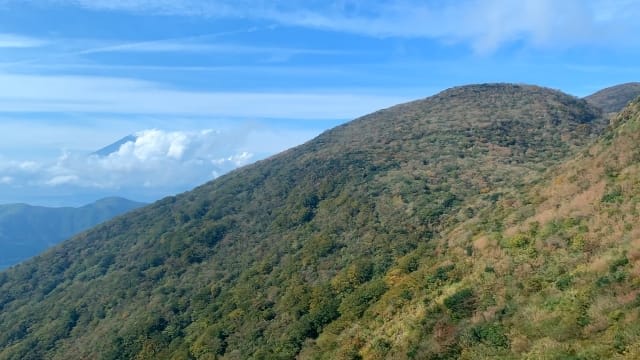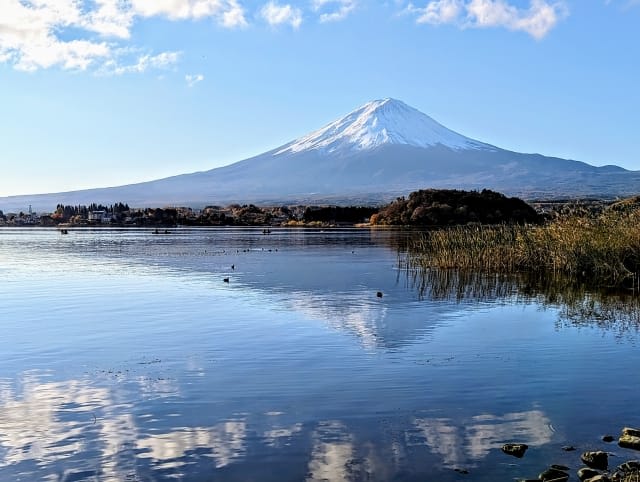Complete Guide to Climbing Mount Fuji 2025: Essential Tips for International Visitors
Mount Fuji, a symbol of Japan, attracts countless tourists who visit Japan specifically to witness its majestic presence. However, given Mount Fuji's massive size and the numerous tourist attractions scattered around its vicinity, we've created this guide to help you explore the Mount Fuji area efficiently.
Additionally, Magical Trip, which won the #1 spot for all tours on Tripadvisor in 2024, has recently launched the Mount Fuji tours.

The "Mt. Fuji Full-day Nature Guided Tour with a Private Chartered Car & Guide" offers a stress-free experience exploring the Mount Fuji area, complete with private car transportation from Tokyo.
Even if you have limited time to explore the Mount Fuji region, this tour allows you to visit all the must-see spots with detailed guidance from your tour guide.
If you're interested in efficiently experiencing the essential locations while gaining deep insights from a knowledgeable local guide who knows the area inside and out, we highly recommend joining the "Mt. Fuji Full-day Nature Guided Tour with a Private Chartered Car & Guide."
We hope you'll have a wonderful time experiencing everything Mt.Fuji has to offer by joining a Magical Trip tour!
Introduction
Drawing from my 10 years of experience facing Mt. Fuji, Japan's symbol, I want to share with you the true nature of this mountain.
I first climbed Mt. Fuji 10 years ago in the summer. At that time, due to lack of preparation, I was struck by altitude sickness around 3,000 meters and had to give up midway. However, that experience taught me respect for Mt. Fuji and the importance of proper preparation.
The view of the summit illuminated by the sunrise in the crisp early morning air gives an indescribable feeling of emotion. Mt. Fuji, which attracts about 200,000 climbers from around the world annually, is a special existence that embodies not only its majestic appearance but also Japan's history, culture, and harmony with nature.
Certainly, climbing comes with difficulties that should never be underestimated, such as steep slopes, thin oxygen, and unexpected weather changes. Especially during the summer peak season, it can be challenging to book mountain huts, and you may be troubled by toilet queues. However, with proper preparation and mindset, these challenges can be overcome sufficiently.
In this article, I will use my experience to provide as much concrete information as possible for foreign visitors to realize a safe and fulfilling Mt. Fuji climb. The spectacular view from Japan's highest peak will surely become an unforgettable memory in your life.
Table of Contents
・Basic Information and Characteristics of Mt. Fuji
・Mt. Fuji Climbing Season and Optimal Timing
・Weather Conditions and Clothing Preparation for Mt. Fuji Climbing
・Comparison of 4 Major Mt. Fuji Climbing Routes
・Necessary Equipment and Costs for Mt. Fuji Climbing
・Preparation and Precautions for Mt. Fuji Climbing
・Final Checklist for Safe Mt. Fuji Climbing
・Useful Information for Mt. Fuji Climbing
・Frequently Asked Questions about Mt. Fuji Climbing
Basic Information and Characteristics of Mt. Fuji
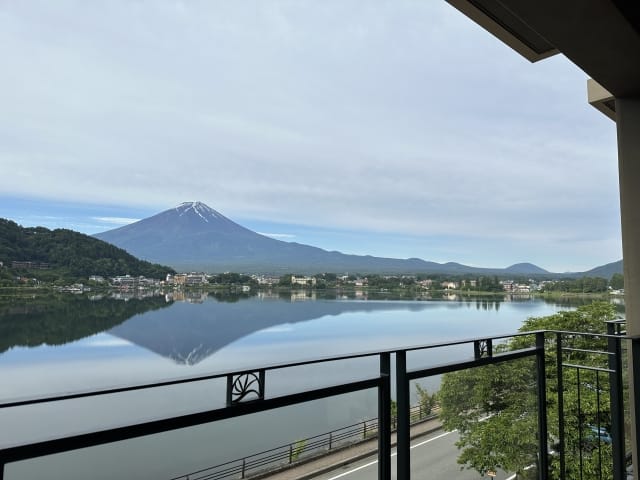
Mt. Fuji, standing at 3,776 meters, is a special existence that has greatly changed my life.
I still vividly remember the emotion I felt when I first stood at the summit. The sea of clouds spreading below, the great panorama visible all the way to the Pacific Ocean, and above all, the sense of achievement of having reached this highest peak in Japan on my own feet. The UNESCO World Heritage registration in 2013 was a moment when the cultural value of this mountain was recognized by the world.
I have been watching Mt. Fuji throughout the seasons, and its appearance changes a thousand times depending on the season and time of day.
The sunrise seen from the summit is exceptional, and even now, I go night climbing several times a year to see the sunrise. On clear days, you can see all the way to the mountains of the Southern Alps, and this spectacular view captivates my heart no matter how many times I see it. I understand firsthand the reason why about 200,000 people visit annually.
Mt. Fuji Climbing Season and Optimal Timing
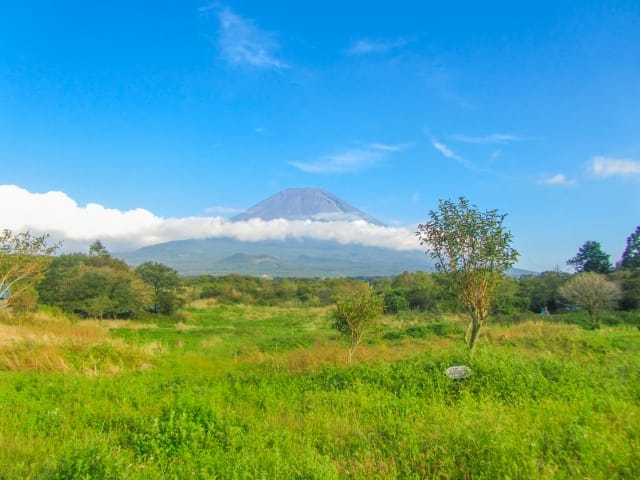
The official climbing season for Mt. Fuji is from early July to around September 10th. I have climbed during various times in this period, but for first-timers, I recommend weekdays from late July to early August. During this time, the weather is relatively stable, and even beginners can enjoy climbing comfortably.
The Yoshida Trail on the Yamanashi Prefecture side starts around July 1st, while the three trails on the Shizuoka Prefecture side start around July 10th. I once attempted to climb during the Obon holiday in August, but this was a big mistake. The mountain huts were full and impossible to book, and the climbing path was a long queue. Since then, I always choose to climb on weekdays.
Also, climbing outside the official season should be absolutely avoided. Every time I look at Mt. Fuji from the foot in winter, I realize its harshness and danger. Even experienced mountaineers can lose their lives on Mt. Fuji in winter.
Weather Conditions and Clothing Preparation for Mt. Fuji Climbing
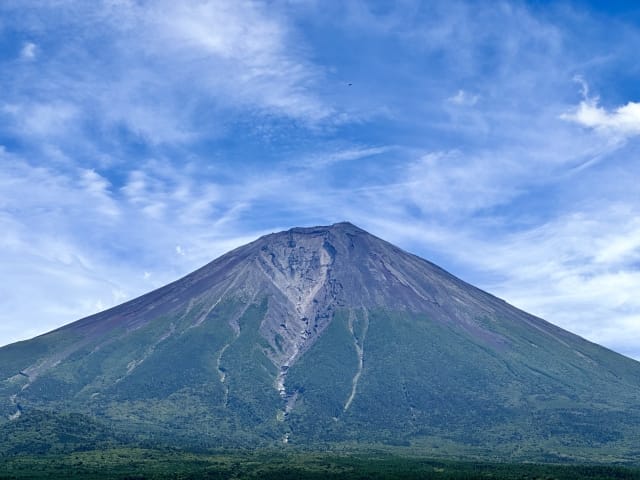
I have experienced firsthand the saying, "The weather on Mt. Fuji changes through four seasons in a day."
Even during midsummer climbs, the temperature near the summit drops to 5-8 degrees Celsius. I particularly remember a climb in August 8 years ago. When I left the 5th station, it was nearly 30 degrees Celsius, but near the summit, we were suddenly hit by light snow. At that time, I only had a thin jacket and ended up descending while shivering.
From this experience, I thoroughly revised my cold weather precautions. Now, I always bring a fleece and down jacket, and prepare rain gear in a separate top and bottom set. During last year's climb, we were hit by sudden weather deterioration, but thanks to proper equipment, we were able to stay comfortable.
Gloves and knit caps are also essential. I always bring spare gloves for when they get wet with sweat. Especially from nighttime to early morning, the temperature drops significantly, so this equipment becomes important.
Comparison of 4 Major Mt. Fuji Climbing Routes
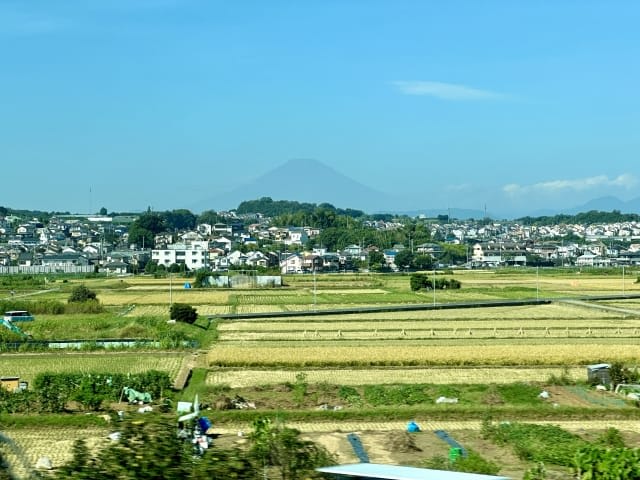
Over 10 years, I have experienced all routes multiple times. Each route has its own charm, and I choose based on my condition and purpose at the time.
Yoshida Trail (Beginner-friendly)
This is the route I use most frequently. With many mountain huts and two first-aid stations, I was able to climb with peace of mind even as a beginner. Even now, I basically choose this route.
The standard time required is 6 hours for ascent and 4 hours for descent, but in my experience, including photo taking and breaks, it takes about 12-14 hours round trip. The sunrise from around the 8th station is especially spectacular, and this is where I was able to take the most moving photos.
Fujinomiya Trail
Personally, I find this route the most attractive. As it allows reaching the summit in the shortest distance, I often use it when I'm time-constrained. The standard time required is 5 hours for ascent and 3 hours for descent, but due to continuous steep slopes, it's physically more exhausting than the Yoshida Trail.
During last year's climb, I was breathtaken by the view of Suruga Bay from this route. The number of mountain huts is moderate, making it my second recommendation after the Yoshida Trail.
Subashiri Trail
This is my secret favorite route, allowing enjoyment of rich nature. However, it's a route for intermediate to advanced climbers. The big attraction is that you can avoid the midsummer sun due to the presence of a forest zone. I particularly enjoy photographing alpine plants as a hobby, and this route has many excellent subjects scattered along it.
The sand run during descent was scary at first, but as I got used to it, it became an exhilarating experience. The standard time required is 6 hours for ascent and 3 hours for descent. There's a point where it joins the Yoshida Trail midway, offering the flexibility to change routes depending on weather conditions or physical condition.
Gotemba Trail
This is the quietest of the four routes, allowing full enjoyment of nature, but it's a route for experienced climbers. When I first challenged it, I was overwhelmed by its quietness and harshness. It has the largest elevation difference and few mountain huts, so it requires considerable physical preparation.
However, the descent on this large sand run is an exceptional experience. At first, I descended cautiously, but now it has become the biggest enjoyment of the descent. The standard time required is 7 hours for ascent and 3 hours for descent, but in my experience, including photo taking and breaks, it takes about 14-16 hours round trip.
Necessary Equipment and Costs for Mt. Fuji Climbing
What I keenly felt during my first climb was the importance of proper equipment. When I first attempted the climb in sneakers, I hurt my ankle, and with insufficient cold weather gear, I ended up descending while shivering from the cold. From that experience, I've become particularly careful about choosing equipment.
Essential Equipment List
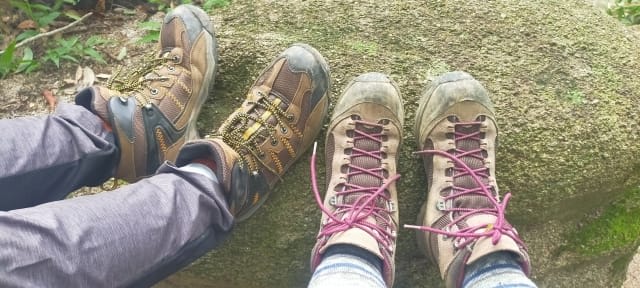
From my experiences of failure and success, I'll introduce particularly important equipment.
First, hiking boots are absolutely non-negotiable. After experiencing getting caught in the rain with low waterproof shoes and getting painful blisters, I now always use sturdy waterproof hiking boots.
Headlamps are also important. I once had a nerve-wracking experience when my headlamp battery died during a night climb because I forgot to bring spare batteries. Now I always bring two sets of spare batteries. Warm clothing and rain gear are often needed more than expected. Even in summer, temperatures near the summit are low, and sudden weather changes are not uncommon.
You need at least 2 liters of water per person. On my first climb, I ran out of water and had to buy expensive water from a mountain hut.
Prepare sufficient trail food and snacks, and portable toilets are essential. Toilets near the summit are often crowded, so having portable toilets gives peace of mind.
I always bring a first aid kit, learning from my experience of twisting my ankle.
Budget Estimate
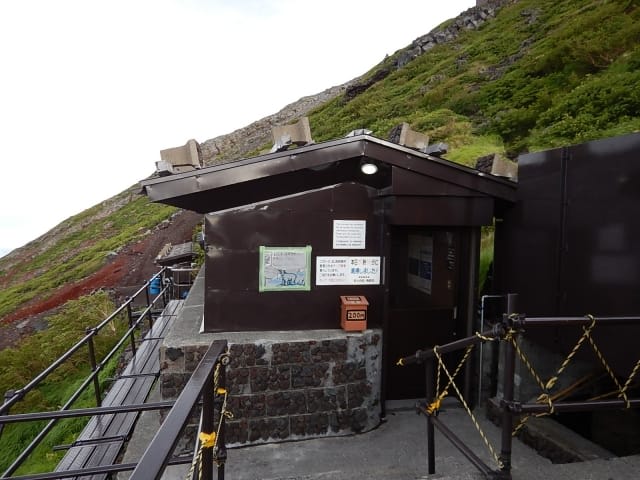
From my experience, I recommend planning your budget with some leeway.
From 2024, the entrance fee will be 2,000 yen, plus an environmental conservation cooperation fee of 1,000 yen. Mountain hut accommodation costs range from 8,000 to 12,000 yen, but prices may increase during peak seasons.
When I first climbed, I rented all my equipment, which cost about 15,000 to 25,000 yen. Now I have my own equipment, but for beginners, I think it's wise to start with rentals.
Transportation costs are about 10,000 yen round trip, and toilet use fees are about 300 yen per use. I always secure a budget of about 50,000 yen to prepare for unexpected situations.
Preparation and Precautions for Mt. Fuji Climbing
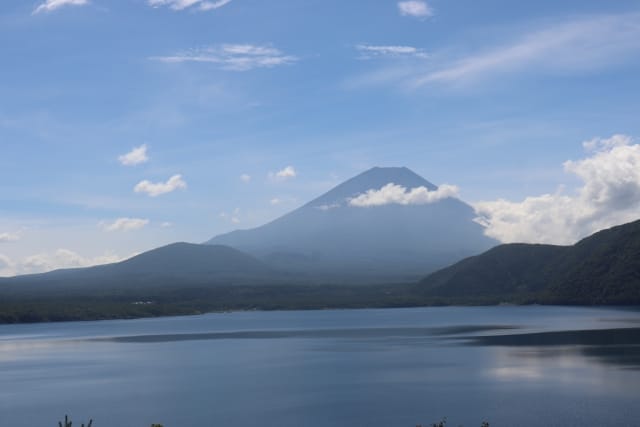
From my experience of suffering from altitude sickness on my first climb, I keenly realized the importance of prior preparation. Two months before, I started going hiking on weekends and made climbing stairs a daily routine. Thanks to this physical preparation, I was able to comfortably reach the summit on my second attempt.
Altitude acclimatization at the 5th station is particularly important. I once got altitude sickness because I started climbing in a hurry. Now I always take about an hour's rest to get my body used to the altitude. I use this time to enjoy the surrounding scenery and do final equipment checks.
Mountain hut reservations are always necessary. I once tried to climb without a reservation and had a hard time. I recommend making reservations 2-3 months in advance, especially during busy periods. Also, "bullet climbing" (day trip night climbing) is prohibited.
During the car regulation period, you need to use public transportation. It's essential to check operation information in advance.
Final Checklist for Safe Mt. Fuji Climbing
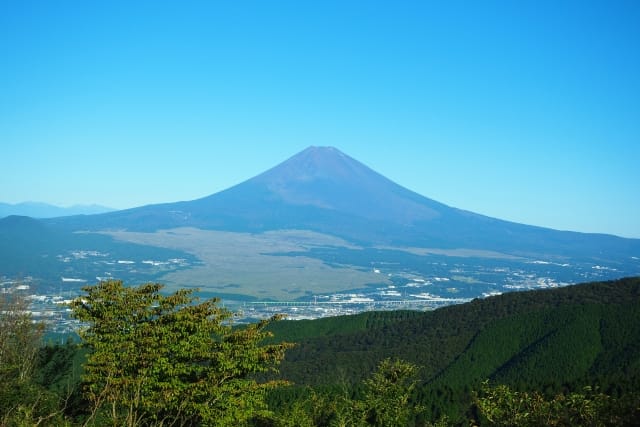
Through many climbs, I've created my own pre-departure checklist. First, I test all equipment the day before. I always check the battery level of the headlamp and make sure there are no tears in the rain gear.
I continue to check weather information until right before departure. Once, I underestimated the weather and forced myself to climb, ending up in a dangerous situation with strong winds and rain. Since then, I've become particularly attentive to weather information.
I write emergency contact information on paper, waterproof it, and carry it separately from my mobile phone. I always ensure a means of communication with companions and set descent times with plenty of leeway. In my experience, it's not uncommon for it to take 2-3 hours longer than planned.
Useful Information for Mt. Fuji Climbing
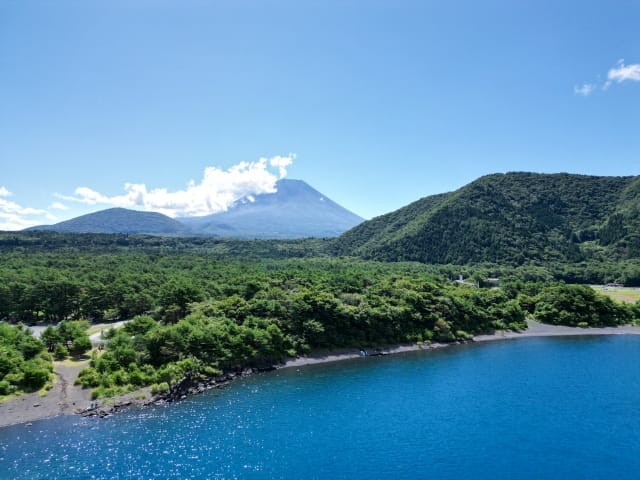
I'll introduce the information sources I've used most in my 10 years of climbing experience. The Mt. Fuji Climbing Official Website is a reliable site where the latest information, including climbing season and regulation information, is posted. I always check it before climbing.
Register emergency contact numbers (Police 110, Ambulance 119) in your mobile phone.
The mountain hut information site is also very useful. You can check reservation status and facility details, and I check the latest information here every time.
Frequently Asked Questions about Mt. Fuji Climbing
I'll share the problems I've actually experienced and their solutions. These are all challenges I've faced and overcome myself.
How to deal with altitude sickness?
From my experience of suffering from altitude sickness on my first climb, I keenly realized the importance of hydration. By climbing at a slow pace and taking frequent water breaks, I was able to avoid altitude sickness from the second time onwards. I always take about an hour for altitude acclimatization at the 5th station, getting my body used to the environment while taking deep breaths.
Headache medicine is essential. I once regretted not bringing headache medicine on a climb. If symptoms are severe, it's best to descend without hesitation. I once made my symptoms worse by pushing myself, and since then, I've been particularly careful about managing my physical condition.
Is it necessary to book mountain huts?
Basically, reservations are necessary. Also, if you need to cancel, you must contact them. "Bullet climbing" without a reservation is prohibited, so be careful. Payment is generally in cash, so make sure to prepare the necessary amount.
What about toilets?
The toilet issue was one of my biggest concerns. Paid toilets installed at each station cost 200-300 yen per use. On my first climb, I had trouble because I didn't know about this fee. Now I prepare plenty of small change.
Toilet paper is provided, but I always bring some as a backup. Mountain hut toilets are basically for overnight guests only, and there are long queues especially in the early morning. From this experience, I've started always bringing portable toilets.
What if the weather deteriorates?
Deciding to retreat due to weather was one of the most difficult decisions for me. However, after once continuing to climb in strong winds and rain and facing danger, I've decided to never underestimate the weather. I frequently check the weather forecast from the day before climbing, and if bad weather is predicted, I consider cancellation or postponement early.
It's possible to wait at mountain huts, but in my experience, you end up staying longer than planned, so it's important to make plans with leeway.
Can foreigners climb without problems?
I've climbed several times with foreign friends, and there were no major problems as main guide signs are also written in English. Major mountain huts can also handle English. However, my friends chose to participate in climbing tours, which they said was the right decision.
You should always confirm how to contact emergency services. Also, all my friends had overseas travel insurance, which I think was a very wise choice.
Finally, through 10 years of climbing Mt. Fuji, what I feel is most important is knowing your limits and not pushing yourself too hard.
Having the courage to turn back if the weather is bad, and taking rest if you're not feeling well. This simple principle is the key to a safe and enjoyable Mt. Fuji climb. The spectacular view from Mt. Fuji will surely become the best memory of your life.
Please enjoy climbing Mt. Fuji with thorough preparation and information gathering!
